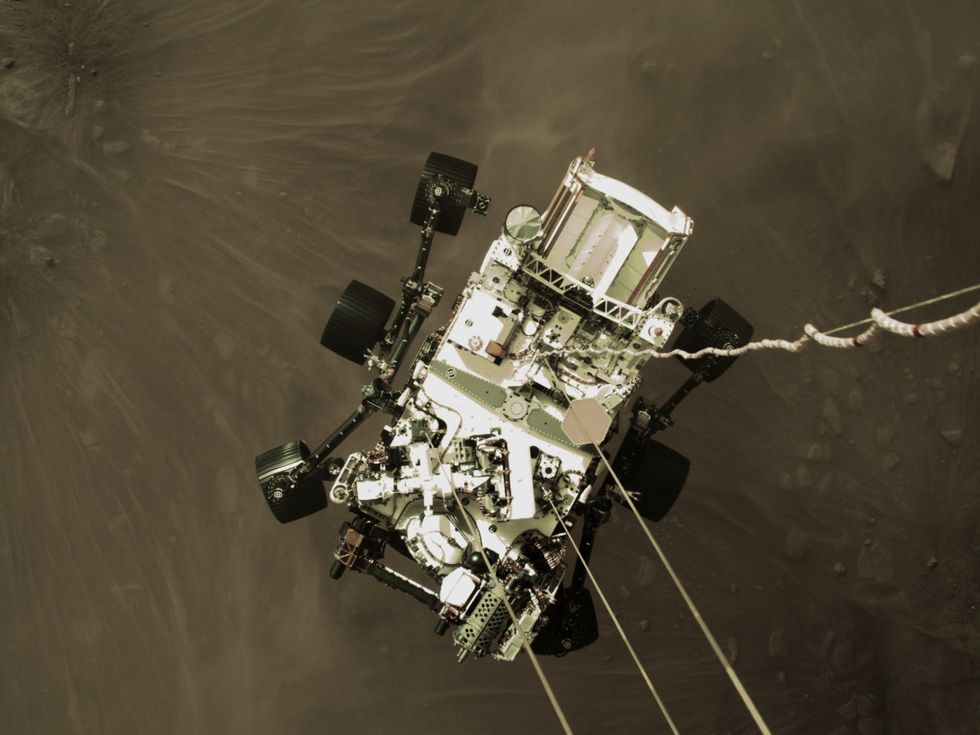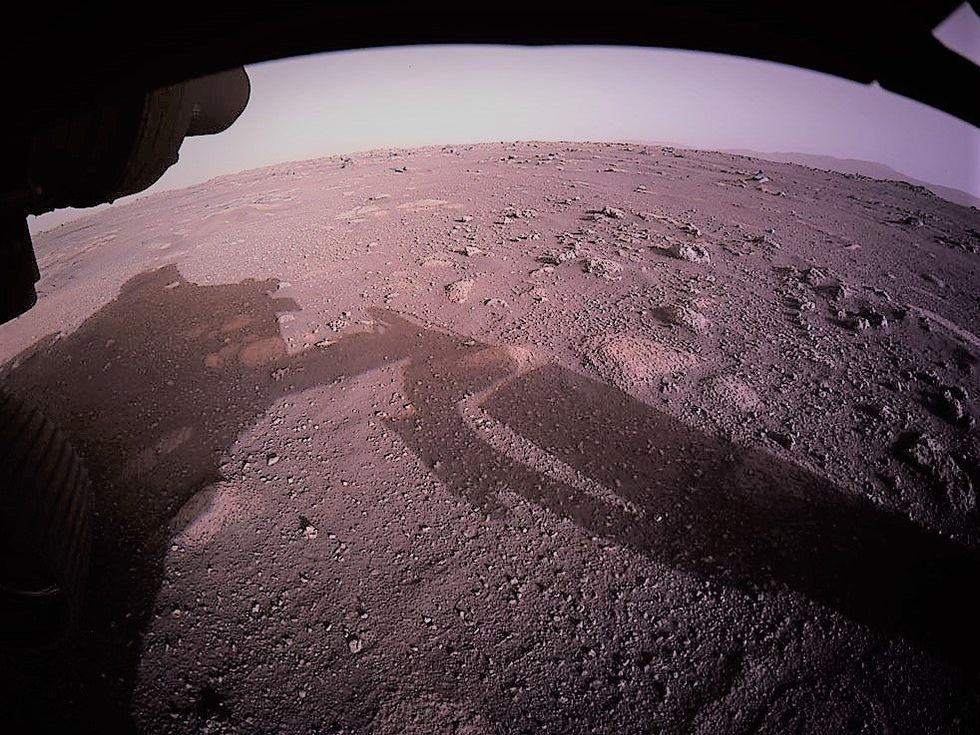Gregory Robinson
Feb 14, 2025
An Alien Message Was Sent From Mars to Earth
Bright Side - Vertical / VideoElephant
NASA’s Perseverance rover has the purpose of searching for signs of ancient microbial life on Mars and it's made some pretty significant findings so far.
Measuring about 10 feet long, it's roughly the size of a car, and just like its predecessors, it explores the surface of the Red Planet and allows scientists and engineers on Earth to unearth a different view of the planet from afar.
Perseverance, which landed on Mars on 18 February, 2021, looks for ancient microbial life specifically within the Jezero Crater, an area scientists believe was once a lakebed. Life as we know it needs water and it's a key component when searching for life (or evidence of ancient life) on other planets which is why scientists are so fascinated with this crater.
The Jezero Crater is believed to have been formed by an asteroid impact billions of years ago before it became a river and is located on the western edge of the Isidis Planitia plain north of the Martian equator.
Perseverance, known as Percy for short, has made a number of discoveries about Mars’ volcanic history, climate, surface, and habitability including evidence of water, in its past, previous volcanic activity and organic matter. Percy also produced oxygen made from carbon dioxide in the Martian atmosphere.

Percy has upgraded science instruments, cameras and wheels compared to Curiosity, which collected and studied samples onsite. Perseverance collects samples from the dried-up lakebed for further advanced study for scientists on Earth. Another mission will be needed to retrieve the samples but the plan is still being revised by NASA, with current forecasts estimating a return date in the 2040s with costs as high as $11 billion. Both the cost and the timeline have been slated as being “too far away” and “too expensive”.
In a statement at the start of the year, NASA administrator Bill Nelson said: "Pursuing two potential paths forward will ensure that NASA is able to bring these samples back from Mars with significant cost and schedule saving compared to the previous plan.

"These samples have the potential to change the way we understand Mars, our universe, and - ultimately - ourselves."
Despite the delay in retrieving the samples, the rover has already given us a lot of promising insights into Mars' history. Perseverance’s hard work has been documented on its official X/Twitter account. The rover recently completed its climb out of Jezero Crater where it found something remarkable.
A post said: "My 26th sample, known as 'Silver Mountain', has textures unlike anything we've seen before. I've sealed the rock core in a sample tube so it can be analysed in labs on Earth in the future."
The NASA helicopter Ingenuity was deployed from Perseverance and completed 72 flights between April 2021 and January 2024. Nicknamed Ginny, the helicopter snapped pictures of an ‘otherworldly’ crash site of Percy'd landing gear.
Percy captured an eerie blue sunset on the Martian horizon which is due to the planet’s thin atmosphere which is filled with fine dust particles that scatter red light more effectively than blue light which is left visible.
A dust devil reaching an astounding height of 1.2 metres was observed on Mars thanks to Percy Its cameras captured the plume of air and particles moving from east to west, travelling at a speed of around 12 miles per hour at Thorofare Ridge, on the western rim of the planet’s Jezero Crater, on 30 August 2023.
How to join the indy100's free WhatsApp channel
Sign up to our free indy100 weekly newsletter
Have your say in our news democracy. Click the upvote icon at the top of the page to help raise this article through the indy100 rankings.
Top 100
The Conversation (0)














